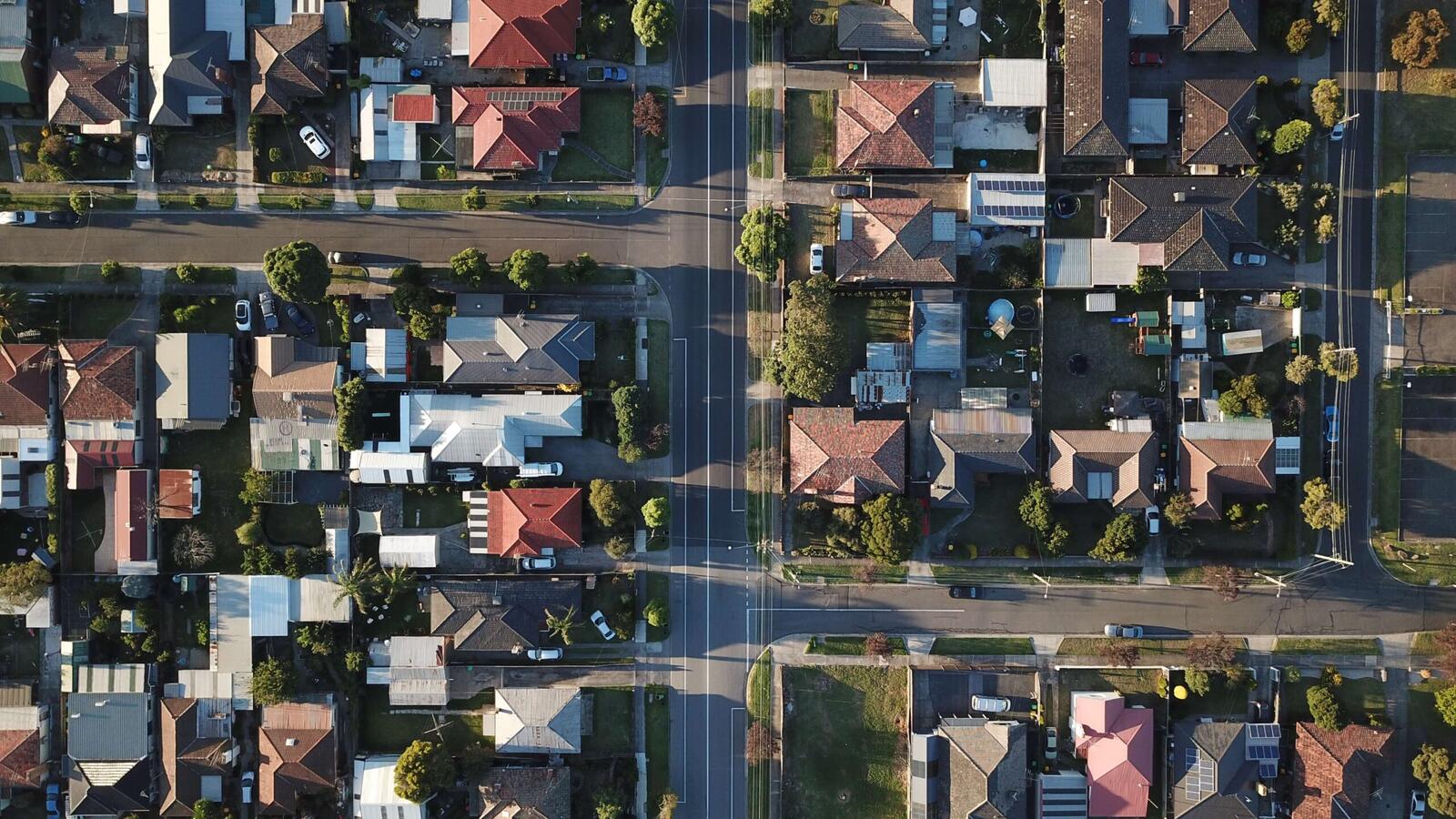With the world experiencing rapid urbanisation, the need for sustainable and effective energy solutions in urban areas has become more urgent than ever. This article delves into the pivotal role of solar energy in urban settings, where growing populations and energy requirements converge.
From solar rooftop embellishing skyscrapers to the implementation of solar-powered smart cities, solar energy is poised to transform the urban environment, leading to more environmentally friendly, cleaner, and resilient cities in the future.
This article outlines the steps to switching to solar, and how switching to green energy solutions can positively impact residential homes.
Understanding Urbanisation in the UK
As per the UK Government, England’s urban population is expanding more rapidly than its rural counterpart, and in 2019, over 80% of the population resided in urban areas. Focusing on London from 2001 to 2019, Inner London experienced a notable growth rate of 17%, while Outer London stood at 19%.
Addressing the Urban Energy Challenge
Meeting the demand for affordable, secure, and clean energy in our urbanising world poses a significant challenge as the traditional energy grid faces increasing pressure. Dependence on fossil fuels for power and transport results in increased emissions, air pollution, and energy inefficiencies.
Solar energy provides a sustainable solution, helping cities reduce their carbon footprint, mitigate heat islands, and create a healthier environment. Thus there has been an uptick in companies offering solar subscriptions and other solar power related solutions.
How Solar Energy Systems Can Be Implemented in Urban Areas
There are a plethora of ways that solar energy can be used in urbanised areas across the UK. This ranges from optimising residential and commercial rooftops for solar panel installation, solar-powered electric bikes and reducing reliance on the UK power grid. Here we outline some key benefits of solar energy in urbanised areas.
Below we have outlined some simple ways solar energy can be implemented into urban areas.
More from Guides
- Why Installing Local Travel Apps Enhances the U.S. Road Trip Experience
- Running a Family Business in Bristol? Here’s Your Digital Checklist
- 8 Ways Emotional Intelligence Helps in Career Advancement
- How To Start a Used Car Sales Business
- The Growth of E-Commerce in the Pet Sector: Trends and Challenges
- Top Alternatives To Grammarly For Writing
- What Marketing Clients Want to See in Reports: Trends For 2025
- Top Alternatives To Audible
Building-Applied Photovoltaics (BAPV)
Utilising already-built infrastructure is an important step towards energy independence in urban areas across the UK. By installing residential solar panels, homeowners in these built-up areas can be sure to harness the sun’s energy and use it in their homes – reducing the cost of their utility bills and potentially making money by selling surplus energy to the grid.
Building-Integrated Photovoltaics (BIPV)
Addressing this global challenge innovatively is through the use of building-integrated photovoltaics, known as BIPV. These panels not only fulfil the dual roles of offering shelter and generating power but also play a pivotal role in shaping the future of urban infrastructure.
Understanding BIPV
These are not just additional features attached to existing structures; instead, they are seamlessly integrated into the structure itself. Acting as both the outer layer of a building and an energy generator, they eliminate the necessity for standalone solar installations, providing both functionality and aesthetic appeal.
How Solar Energy Can Benefit Urbanised Areas
Opting for any type of green energy has a variety of advantages for urbanised areas, including reduced use of fossil fuels and emissions, therefore leading to better health outcomes in these areas.
Solar-Powered Urban Transport
In the quest for holistic sustainability, urban transportation is shifting towards solar energy. Solar-driven electric buses, trams, and trains provide environmentally friendly alternatives to traditional fossil fuel-powered vehicles.
Solar canopies extending over parking lots and bus stops not only offer shade but also generate clean energy to recharge electric vehicles. In urban settings where transportation significantly contributes to pollution, solar-powered mobility emerges as a transformative solution, curbing emissions and enhancing air quality.
Solar-Powered Intelligent Urban Centres
The idea of smart cities imagines an urban environment using technology and data to optimise energy consumption and improve quality of life. Solar energy is a key player in this concept, offering a clean and dependable power source aligned with sustainability principles.
From clever street lighting fueled by solar panels to electric vehicle charging stations powered by solar canopies, smart cities utilise solar energy to shape a connected and seamless urban experience. Moreover, sophisticated energy management systems guarantee optimised consumption, minimising waste and cutting costs.
As the global population increasingly shifts towards urban living, the incorporation of solar energy into cityscapes becomes essential for fostering a sustainable and thriving future. With initiatives such as solar rooftops, building-integrated photovoltaics, and smart cities, urban areas are experiencing a green revolution.



